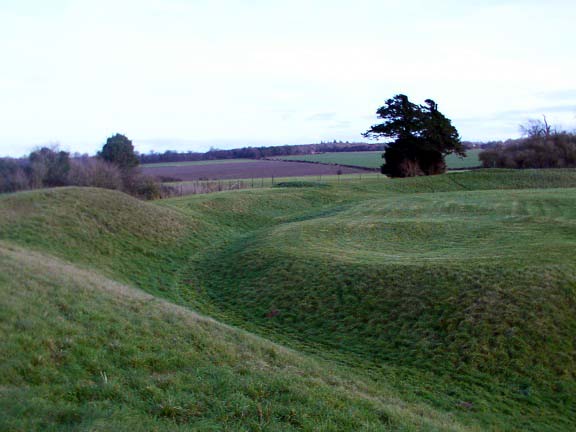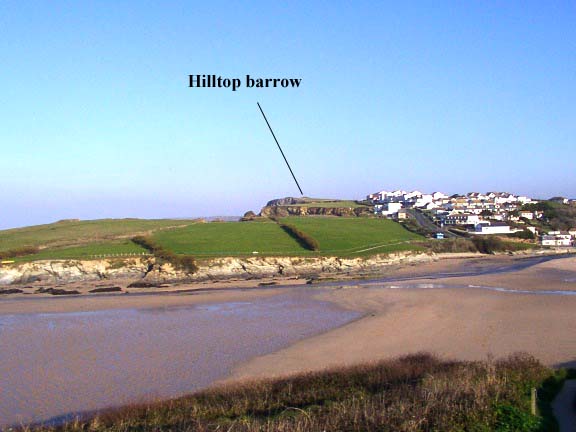Loved this site! Very easy to reach from the roadside although no direction signs .Very peaceful place only saw 2 other people. The church and henge are very accessable grass is kept very short. Earlier in the day we visited Badbury Rings hoping to find peace but found a heaving carpark and hoards of people walking off their Christmas dinners!
It seems the early Christians made a habit of taking over the old religious sites such as Knowlton Henge. This could be blamed on Pope Gregory who in 601 C.E. said..
“The temples of the idols in the said country ought not to be broken; but the idols alone which be in them . . . If the said temples be well built, it is needful that they be altered from the worshipping of devils into the service of the true God.”
The is a good article on this subject at..
watchtower.org/library/w/1999/3/15/article_01.htm
As you can guess from the URL, the site is Official Web Site of Jehovah’s Witnesses! but it makes interesting reading whatever you chose to believe.
Kernow Phil















